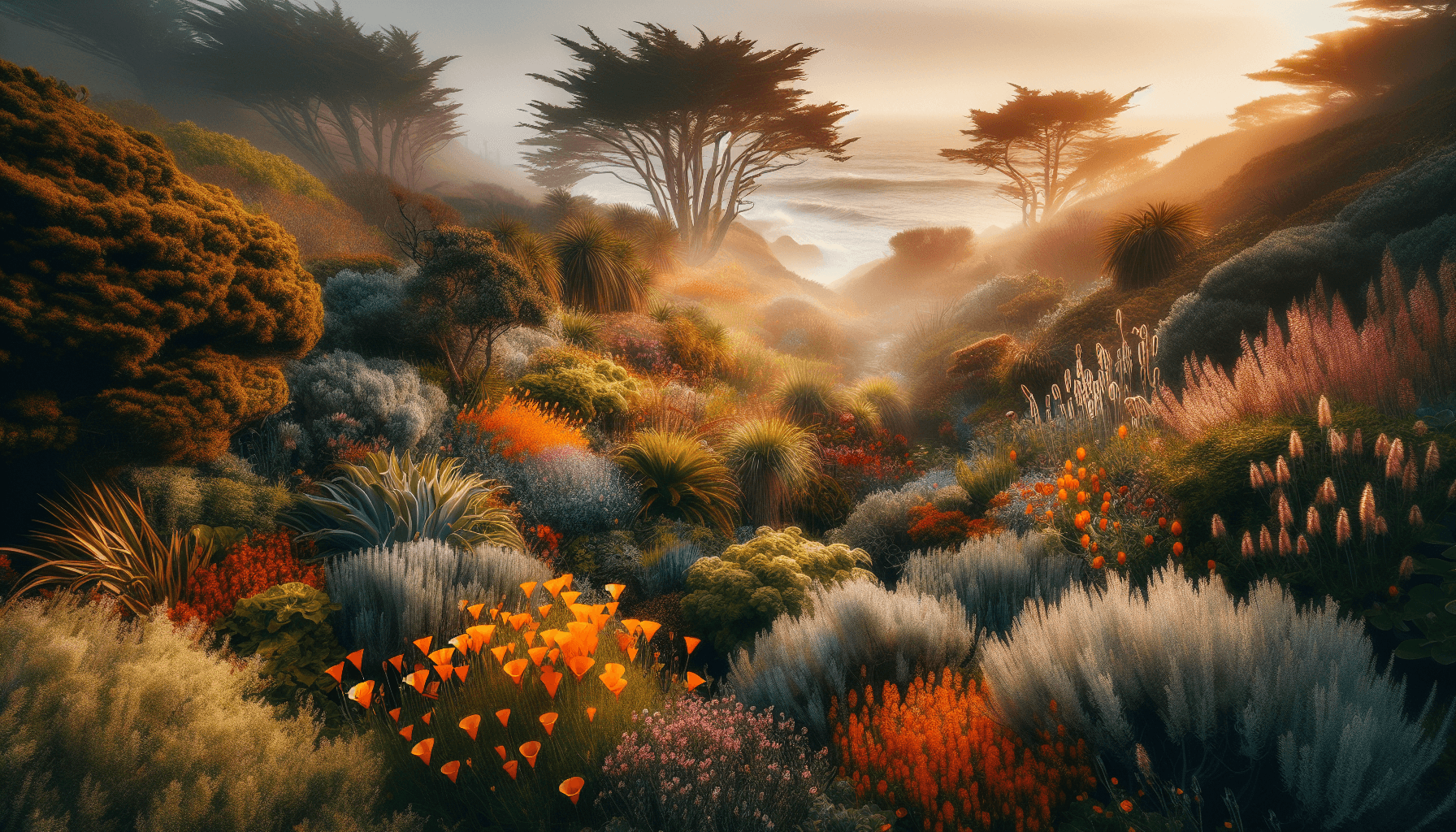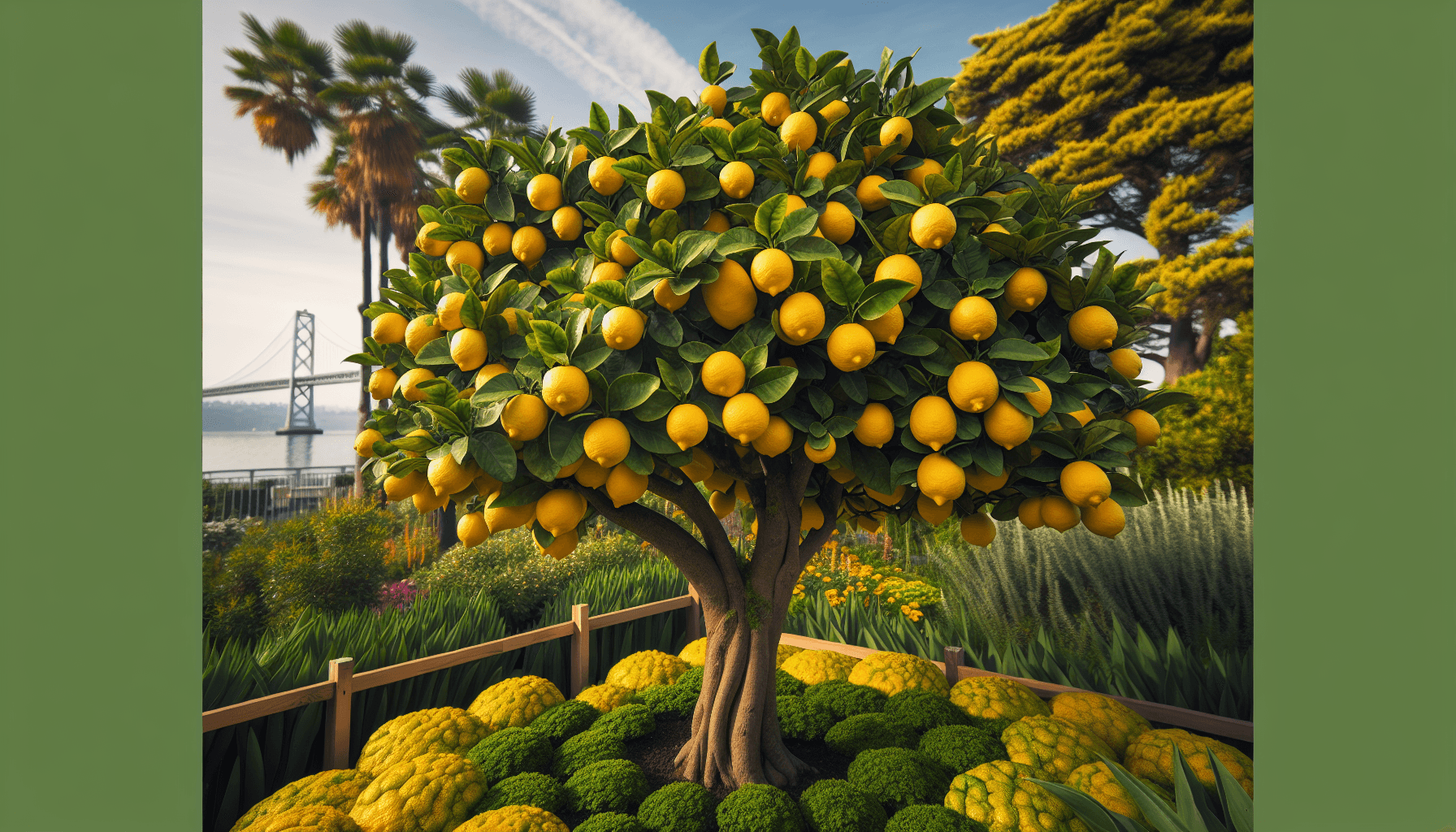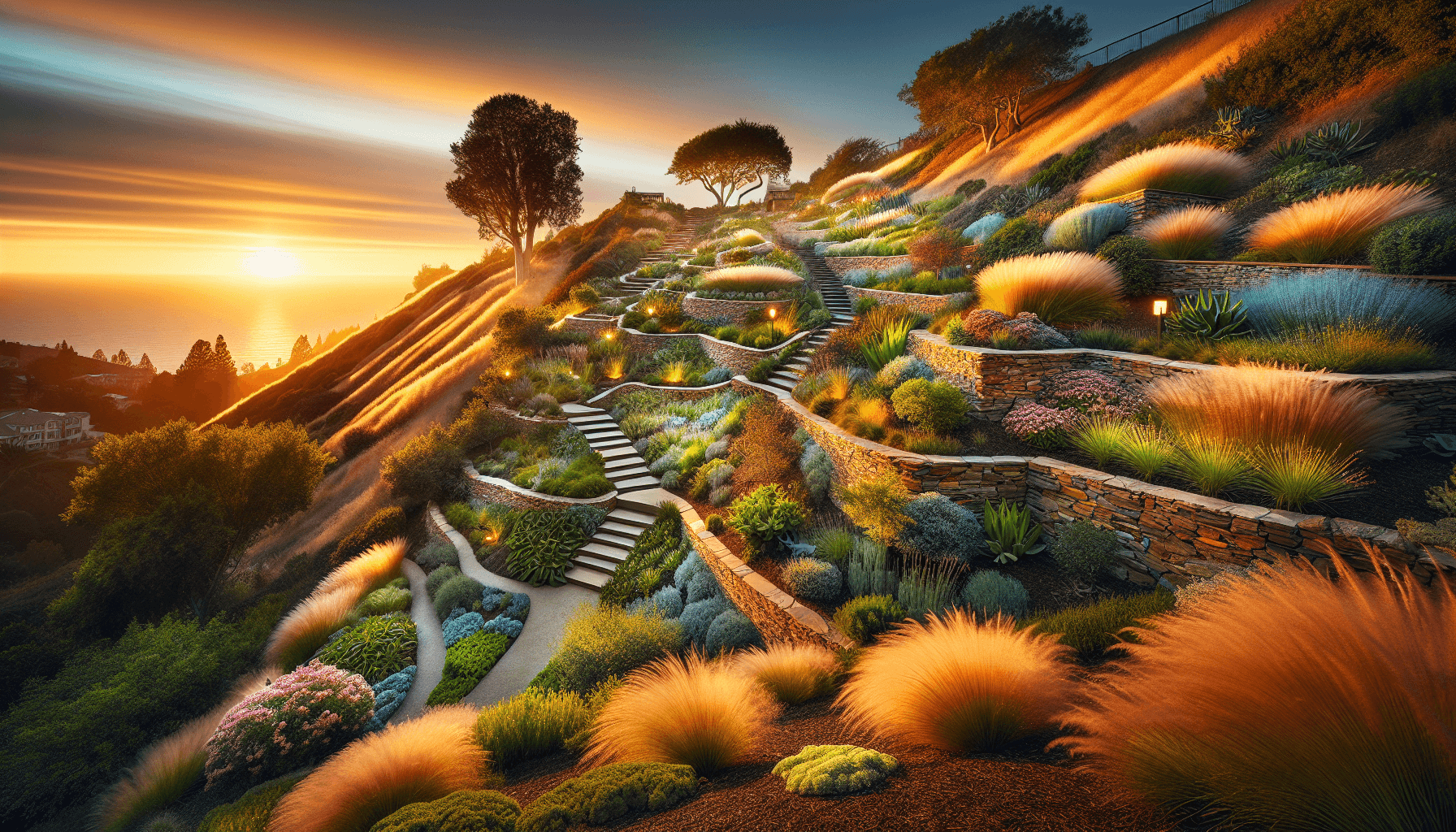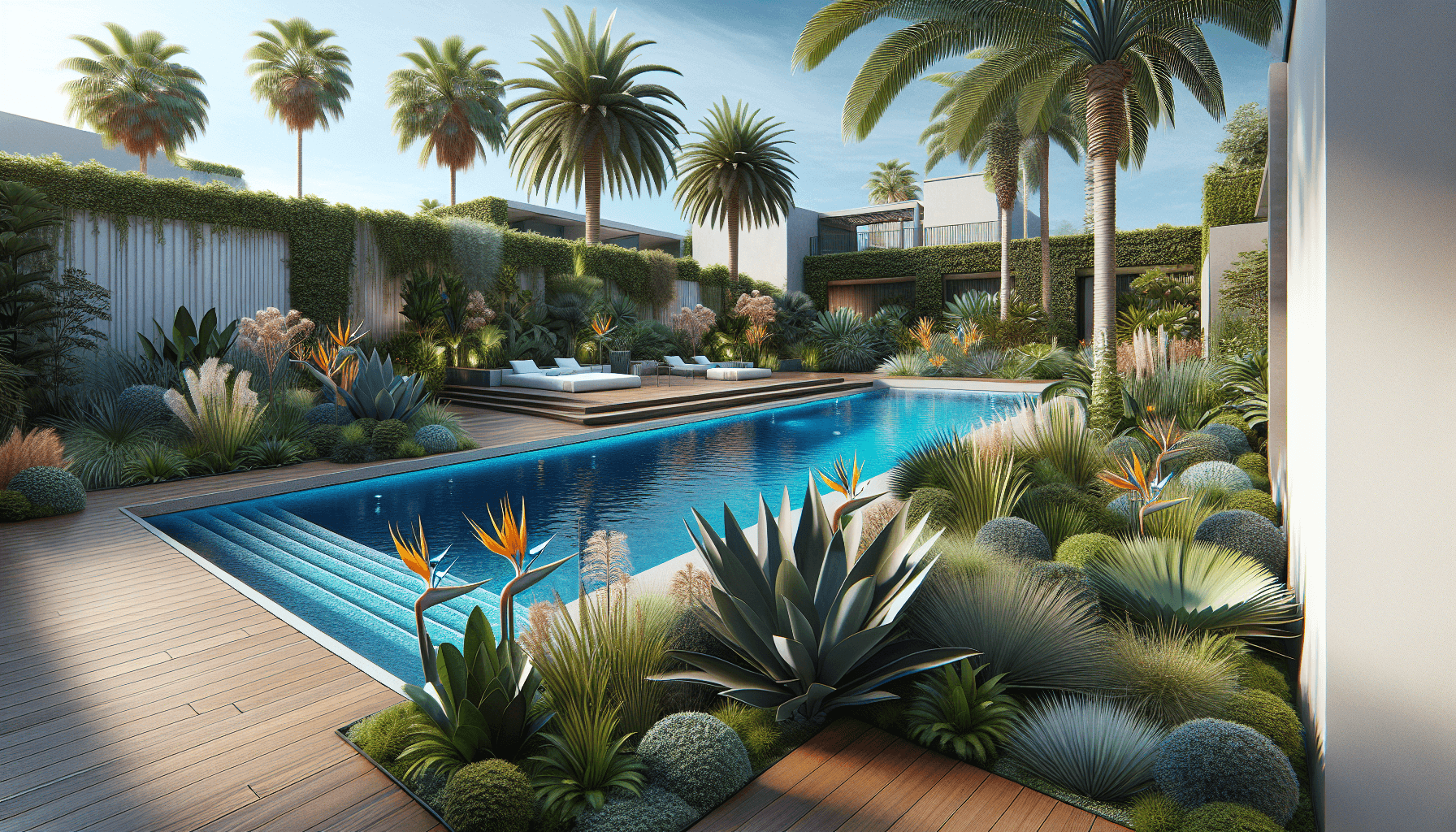Standing on the cliffs of Big Sur last summer, watching morning fog roll through twisted cypresses while California poppies nodded in the salt breeze, I had an epiphany. "This," I thought, "is what every coastal garden should feel like." The landscape was both wild and welcoming, sculptural yet soft, perfectly adapted to its environment while remaining utterly magical.
There's a quiet revolution happening in California's coastal communities. From Mendocino to San Diego, homeowners are discovering that fighting their environment is exhausting—and unnecessary. Why struggle with thirsty lawns and finicky exotics when the plants that evolved here create effortless beauty? A coastal native garden requires minimal maintenance, uses 70% less water, and becomes a vital wildlife sanctuary—all while looking absolutely stunning year-round.
Why Coastal Native Gardens Are Having Their Moment
I remember my first meeting with the Andersons in Half Moon Bay. Their previous landscape designer had installed a classic English cottage garden that required constant attention, consumed water like a racehorse, and looked perpetually stressed. The roses got powdery mildew from fog. The delphiniums toppled in wind. The lawn looked anemic despite constant feeding.
Fast-forward two years: their coastal native garden requires about four hours of maintenance per season, uses 70% less water, and has become the neighborhood's secret wildlife sanctuary. Last month, they hosted a "garden party" that was really an impromptu nature tour—guests spotted three different hummingbird species, two types of native bees, and a family of quail.
Coastal Conditions Become Design Opportunities
Wind
Instead of hiding from it, we use it to create movement and texture. Ornamental grasses become living sculptures, their seed heads catching light and dancing in salt breezes.
Fog
That ethereal morning mist isn't a nuisance—it's a design element. Silver-leafed plants like coastal sagebrush glow in foggy conditions. White and pale yellow flowers seem to float in the mist like garden ghosts.
Salt Air
Rather than battling salt damage, we embrace plants that actually prefer these conditions. Many coastal natives have evolved specialized adaptations—succulent leaves that store fresh water, waxy coatings that repel salt, and compact growth habits that resist wind damage.
The Coastal Native Aesthetic
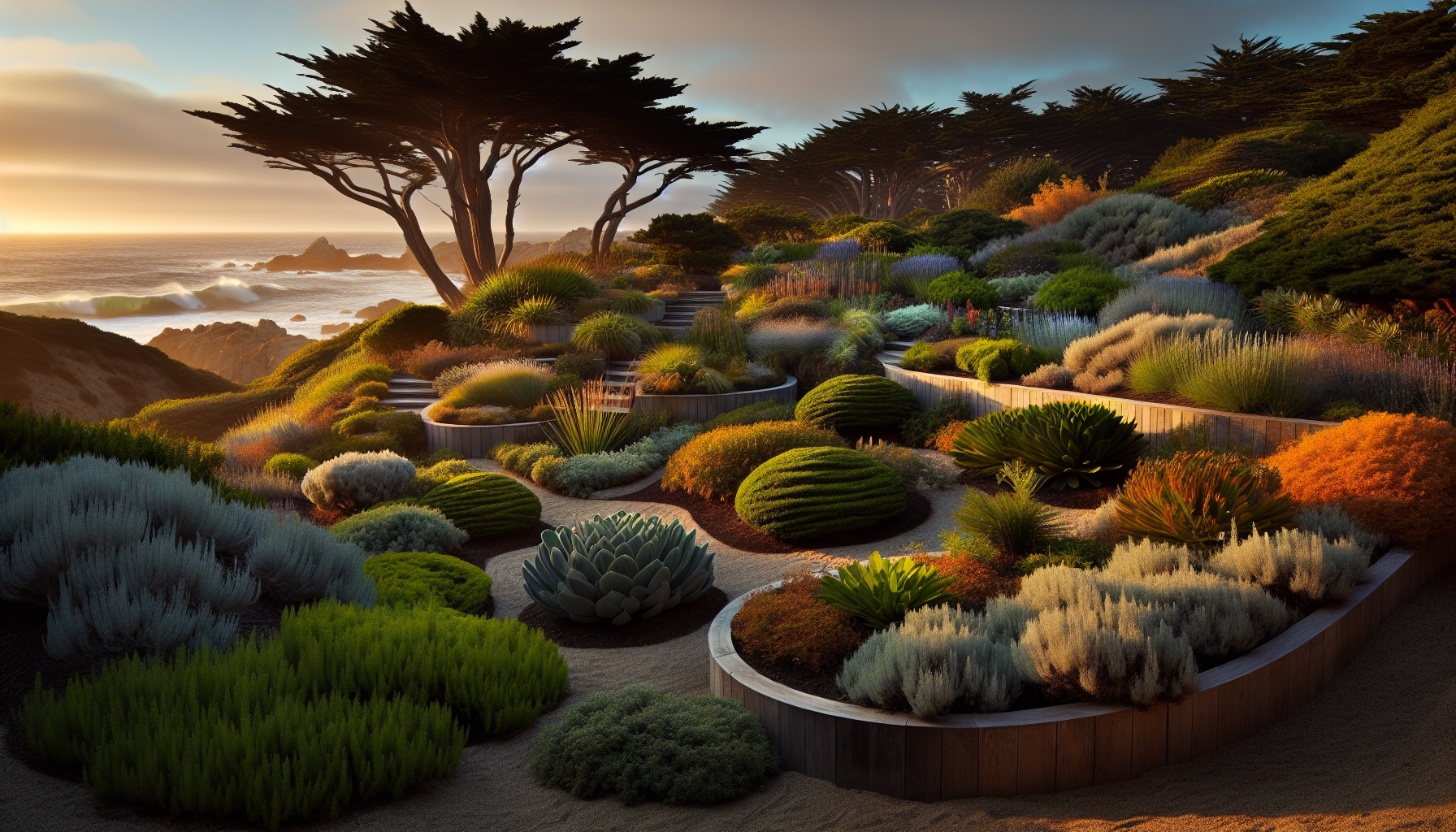
Layered plantings create depth and mimic natural coastal communities
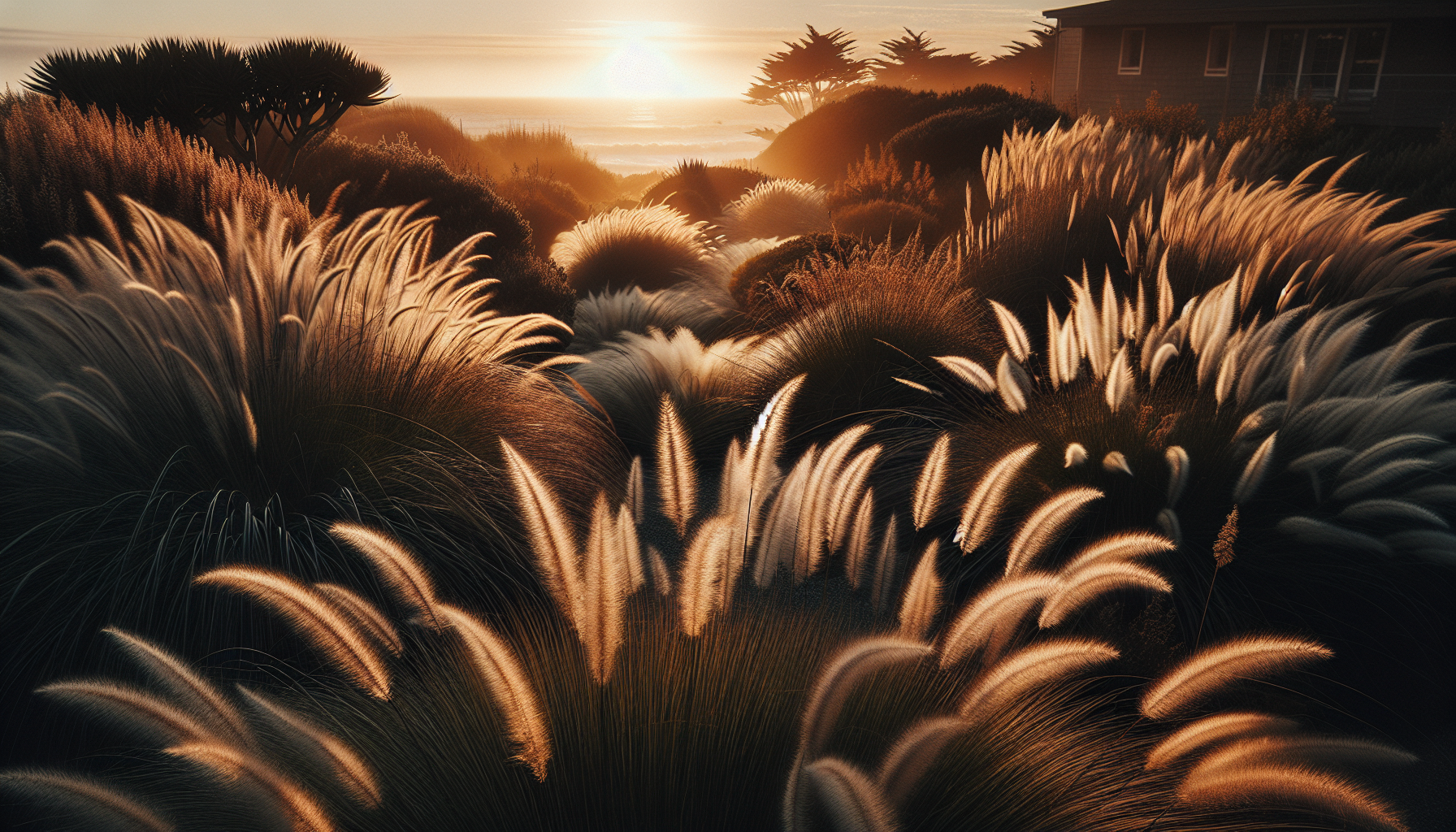
Native grasses dance in the wind, creating movement and texture
Mounded, Not Vertical
Plants naturally grow low and rounded here, shaped by constant wind. We emphasize this horizontal flow, creating gardens that feel like they're hugging the earth. This creates a sense of shelter and protection that makes outdoor spaces more comfortable.
Layered Drifts
Instead of formal plantings, we create natural-looking drifts that step down toward views, mimicking how plants colonize coastal bluffs. This layering creates visual depth and makes even small gardens feel expansive.
Curves, Not Lines
Paths meander like deer trails, following natural contours and leading to discovery points—a weathered driftwood bench, a sudden ocean view, a hidden grove of native shrubs. This creates a sense of exploration and surprise in your garden.
Plant Selection Guide
The Backbone: Shrubs That Define Space

Ceanothus creates clouds of blue in spring
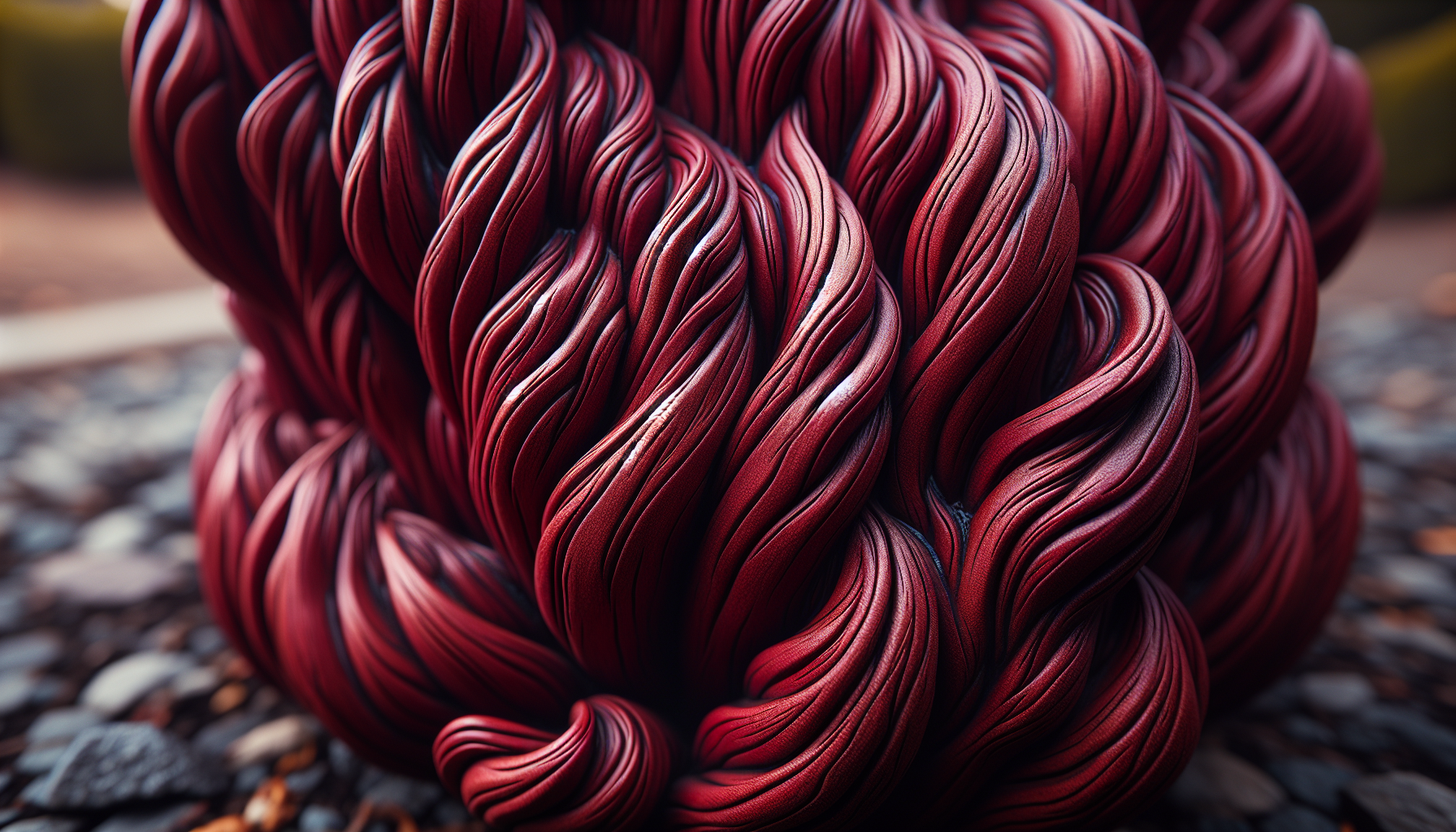
Manzanita's sculptural form and stunning bark
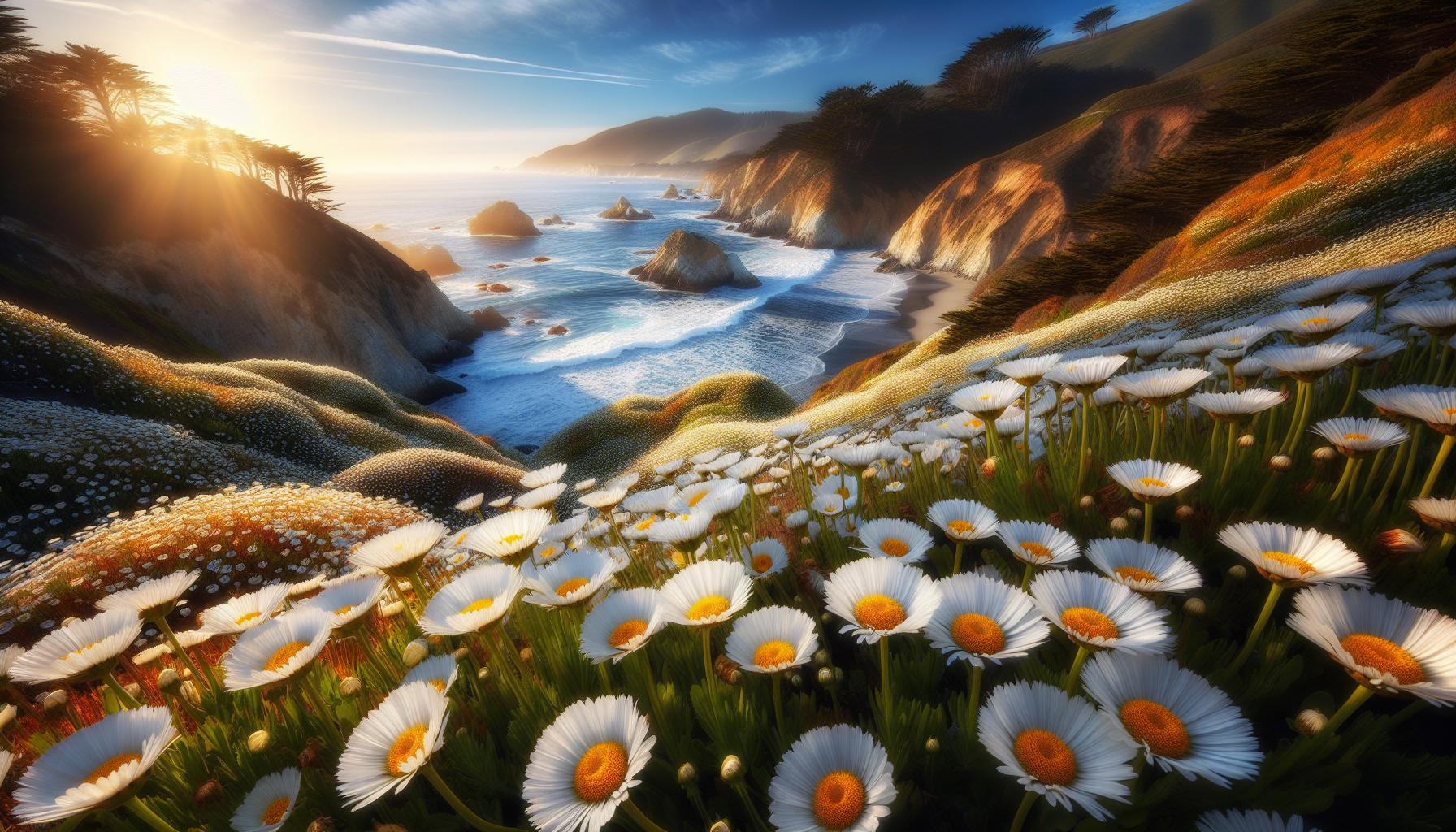
Seaside daisies bloom nearly year-round
Essential Shrubs
Ceanothus (California Lilac)
The undisputed king of coastal natives. In spring, these shrubs explode in clouds of blue, purple, or white blooms that are visible from miles away. Ceanothus thyrsiflorus blooms earliest, followed by C. griseus 'Yankee Point', extending your color season from February through May.
California Coffeeberry (Frangula californica)
The ultimate utility player. Glossy evergreen leaves, inconspicuous flowers followed by berries that turn from green to red to purple-black. Birds go crazy for them. The variety 'Eve Case' stays compact and works beautifully as informal hedging.
Manzanita (Arctostaphylos)
Living sculpture with benefits. The burgundy bark catches light like polished wood, the small leaves create fine texture, and the tiny bell-shaped flowers feed early-season hummingbirds. 'Howard McMinn' is the garden workhorse, while 'Pacific Mist' hugs the ground as a silvery carpet.
Coastal Sagebrush (Artemisia californica)
The plant that defines coastal garden aromatics. Brush against it, and your hands smell like the wild coast—herbaceous, clean, utterly unique. Soft silver-green foliage that begs to be touched.
Perennials & Grasses: Adding Movement and Color
Star Performers
- Seaside Daisy (Erigeron glaucus) - Cheerful white and yellow daisies appear almost year-round. Spreads to form attractive mats that suppress weeds naturally.
- California Fuchsia (Epilobium canum) - Electric orange-red tubular flowers in fall that hummingbirds literally fight over. The grand finale plant.
- Douglas Iris (Iris douglasiana) - Spring magic in purple, blue, yellow, or white. Naturalizes beautifully, creating drifts that look self-planted.
- Coast Buckwheat (Eriogonum parvifolium) - The pollinator powerhouse supporting dozens of native bee species with clouds of tiny flowers.
Grasses & Sedges
- Deer Grass (Muhlenbergia rigens) - Architectural fountain grass that moves like living water in the wind. Three-foot spheres of fine texture.
- Dune Sedge (Carex pansa) - The coastal lawn alternative. Forms a dense, walkable carpet that thrives on neglect once established.
- Berkeley Sedge (Carex divulsa) - Low-growing sedge perfect for shady areas and path edges.
- Blue Grama Grass (Bouteloua gracilis) - Unique horizontal seed heads add whimsy and texture.
Specialty Plants: Year-Round Interest
Toyon (California Holly)
Bright red winter berries, evergreen structure
Coyote Mint
Fragrant foliage, purple summer flowers
Yarrow (Achillea)
White flower clusters, fine ferny foliage
California Poppy
Brilliant orange spring blooms, self-seeds
Beach Strawberry
Groundcover with white flowers, edible fruit
Sticky Monkey Flower
Orange blooms, attracts hummingbirds
Creating Wildlife Habitat
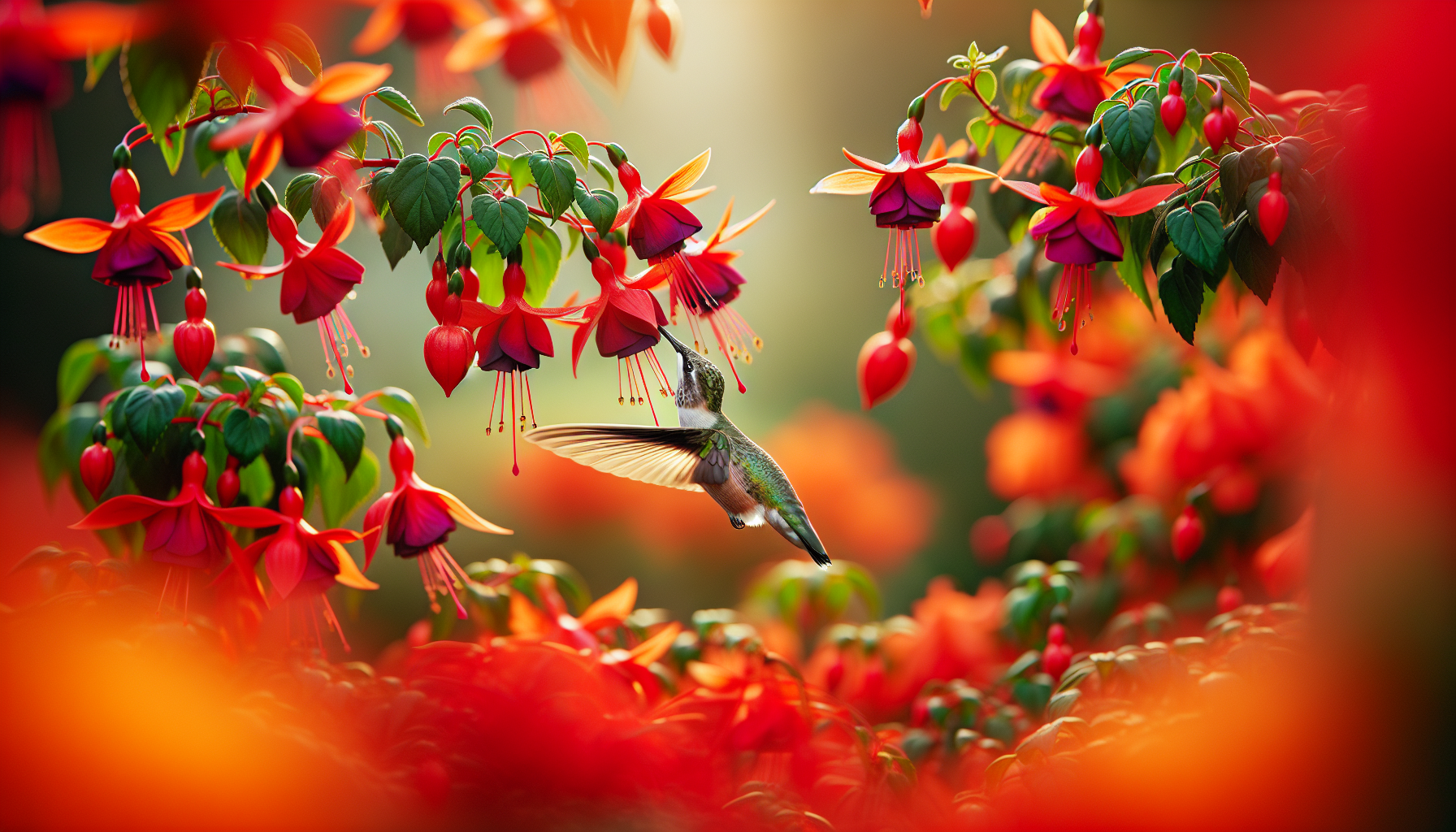
A thriving coastal native garden becomes an ecological powerhouse supporting diverse wildlife
Coastal native gardens aren't just beautiful—they're ecological powerhouses. With the right plant selection and design, your garden becomes a vital link in the coastal ecosystem, supporting pollinators, birds, and countless other species.
Supporting Pollinators
Native Bees
California has over 1,600 native bee species. Coast buckwheat supports at least 45 bee species, while ceanothus feeds both specialist and generalist pollinators.
Butterflies
Native lupines host several butterfly species as caterpillar food plants. Coffeeberry supports various moth species. Buckwheat provides nectar for adults.
Hummingbirds
California fuchsia, sage species, and manzanita blooms provide nectar throughout different seasons, ensuring year-round hummingbird support.
Bird Habitat Features
Nesting Sites
Dense shrubs like coffeeberry and ceanothus provide secure nesting locations. Varying plant heights create options for different bird species.
Food Sources
Berry-producing plants (toyon, elderberry, currants) feed birds in fall and winter. Seed-producing grasses provide additional food sources.
Water Sources
Even a simple birdbath dramatically increases wildlife activity. Position water sources near shrubs for quick escape, but with clear sightlines.
Creating Wildlife Corridors
Connect your garden to the larger landscape and support wildlife movement by coordinating with neighbors, choosing plants that extend beyond property boundaries, and creating habitat "stepping stones" that allow wildlife to move safely through developed areas.
One client's coastal garden became so successful that neighboring properties followed suit. Now an entire street creates a continuous wildlife corridor, and residents regularly share photos of the wildlife they spot passing through.
Installation Secrets
Soil Preparation: Less Is More
This might surprise you, but most coastal natives prefer poor soil. That sandy, "difficult" soil at your property? It's actually perfect. The biggest mistake I see is over-amending coastal soils with compost and fertilizers.
What Coastal Natives Actually Want
- Fast-draining soil
- Low fertility (skip the fertilizers)
- Minimal organic matter
- Native mycorrhizal fungi
Site Preparation That Works
- Remove weeds thoroughly
- Test drainage with percolation test
- Add sand or pumice only if drainage is poor
- Create slight berms for extra drainage
Planting Timing: Nature's Calendar
Fall Planting (October-December)
Ideal for most shrubs and perennials. Autumn rains provide natural irrigation while plants establish roots.
Winter Planting (January-February)
Good for hardy species and areas with reliable winter moisture.
Spring Planting (March-April)
Best for more tender species, but requires summer irrigation assistance.
Summer Planting
Avoid unless you can provide consistent irrigation. Many coastal natives prefer to establish during cooler, moister months.
The First Year: Patience and Proper Watering
Coastal natives have a reputation for being drought-tolerant, but that's only true once established. The first year requires strategic watering to encourage deep root development.
Month 1-3: Establishment Phase
Regular deep watering to encourage root growth
Month 4-6: Transition
Gradual reduction in frequency, deeper soakings
Month 7-12: Weaning
Minimal supplemental water, watching for stress signs
Year 2+: Independence
Most plants should survive on natural rainfall plus occasional deep watering during extended dry spells
Maintenance Calendar
Spring (March-May)
- Peak bloom season—enjoy the show!
- Light pruning after flowering
- Weed removal while soil is soft
- Monitor new plantings for establishment
- Take photos for garden records
Summer (June-August)
- Deep but infrequent watering for establishing plants
- Deadhead spent flowers if desired
- Monitor for heat stress
- Enjoy the garden's subtle summer beauty
- Begin planning fall plantings
Fall (September-November)
- Perfect planting season for new additions
- Divide and transplant established perennials
- Collect and sow native seeds
- Reduce irrigation as natural rains begin
- Begin planning next year's additions
Winter (December-February)
- Minimal intervention season
- Enjoy the subtle beauty of dormant plants
- Remove damaged branches after storms
- Plan and order plants for spring
- Monitor drainage during heavy rains
Pruning Philosophy: Shape, Don't Shear
Coastal natives have evolved specific growth patterns that work with their environment. Our job is to guide, not force.
Ceanothus
Light pruning immediately after flowering. Never cut into old wood—it rarely regenerates.
Manzanitas
Selective thinning only. Remove crossing branches and dead wood, but preserve natural architecture.
Coastal Sagebrush
Shear lightly after flowering to maintain compact form. Responds well to light cutting but resents hard pruning.
Grasses
Cut back once annually in late winter before new growth. Never remove more than one-third at once.
Problem-Solving Common Challenges
Wind Damage and Protection
Problem: Constant wind damages plants and makes outdoor spaces uncomfortable.
Solutions: Create graduated windbreaks using native shrubs of varying heights. Use permeable barriers rather than solid walls (which create turbulence). Position seating areas in wind shadows created by strategically placed shrubs. Choose naturally wind-resistant plants with flexible stems.
Salt Spray Tolerance
Problem: Direct ocean exposure causes salt burn on many plants.
Solutions: Create zones based on salt exposure levels. Use most salt-tolerant plants (seaside daisy, dune sedge) closest to ocean. Install barriers to create protected microclimates for less tolerant plants. Rinse plants occasionally during dry periods if salt buildup is visible.
Erosion Control
Problem: Coastal winds and rain cause soil erosion on slopes.
Solutions: Use deep-rooted plants like ceanothus and manzanita for slope stabilization. Create terraces with stone or timber retaining walls. Install erosion control fabric until plants establish. Interplant shrubs with grasses for comprehensive root coverage.
Coastal Garden Design Styles
Modern Coastal
Clean lines meet wild plants. Geometric paths and planters contrast with naturalistic plant selections. Perfect for contemporary architecture.
- Corten steel planters
- Straight paths
- Minimal plant palette
- Focus on texture and form
Cottage-Style Coastal
Relaxed abundance with native plants in informal arrangements. Curved paths and mixed plantings create a sense of discovery.
- Meandering gravel paths
- Mixed native plantings
- Informal seating areas
- Seasonal wildflower meadows
Naturalistic Coastal
Mimics natural coastal plant communities with careful attention to ecological relationships.
- Natural plant communities
- Minimal hardscaping
- Emphasis on habitat creation
- Seasonal changes embraced
Getting Started: Your Action Plan
Your Coastal Garden Journey
-
1.
Assessment and Planning
Evaluate your site's specific conditions—wind exposure, soil type, microclimates. Identify existing plants worth keeping and define how you want to use your outdoor space.
-
2.
Soil Preparation and Infrastructure
Remove invasive or poorly adapted plants. Install irrigation infrastructure if needed. Create paths and define garden areas. Remember: less amendment is more for coastal natives.
-
3.
Plant Installation
Start with backbone shrubs (ceanothus, manzanita), add grasses and sedges for structure, then fill in with perennials and groundcovers. Allow time between plantings for assessment.
-
4.
Establishment and Fine-Tuning
Monitor plant establishment and adjust care as needed. Add seasonal interest plants and wildlife features. Connect with other coastal gardeners for advice and plant swaps.
-
5.
Enjoy and Observe
Watch as your garden comes alive with wildlife. Each season will teach you something new about your garden and your place in this remarkable coastal landscape.
Six months after the Andersons' coastal garden was completed, I received an unexpected phone call. "You have to come see what's happening," Mrs. Anderson said, excitement clear in her voice. When I arrived, she led me to their garden at dawn. As the morning fog lifted, the space came alive with activity. Hummingbirds darted between California fuchsia blooms. Native bees worked the buckwheat. A family of quail emerged from beneath the manzanitas.
"This is what we moved to the coast for," she said quietly. "We just didn't know how to find it."
That's the real magic of coastal native gardens. They don't just save water or reduce maintenance—they connect us to the place we call home. They reveal the intricate web of life that exists all around us, often invisible in conventional landscapes. Every coastal garden becomes a small act of habitat restoration, a gesture of partnership with the natural world. The fog will roll in, the wind will blow, and your garden will dance with it all, beautiful and unbroken.
